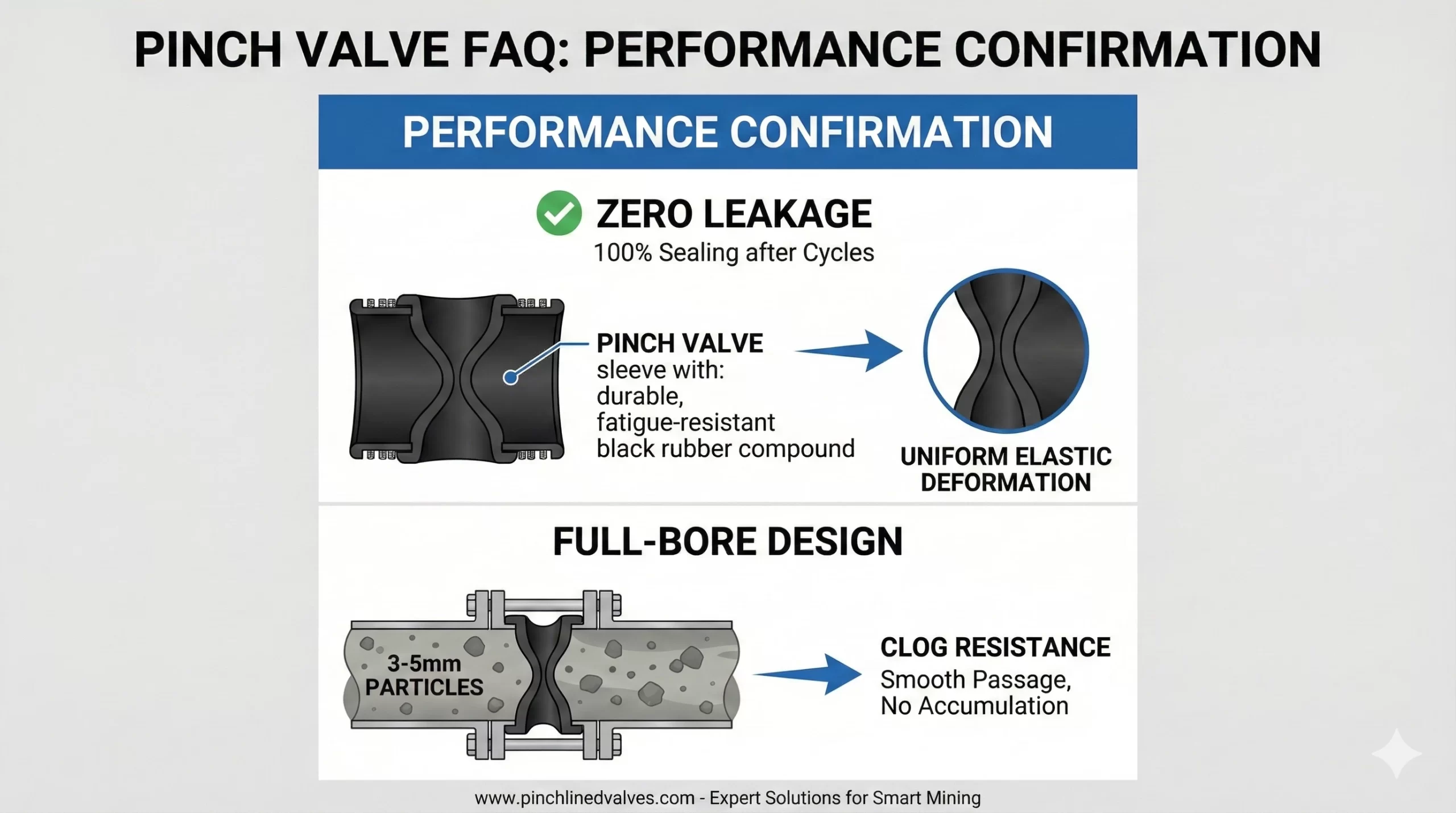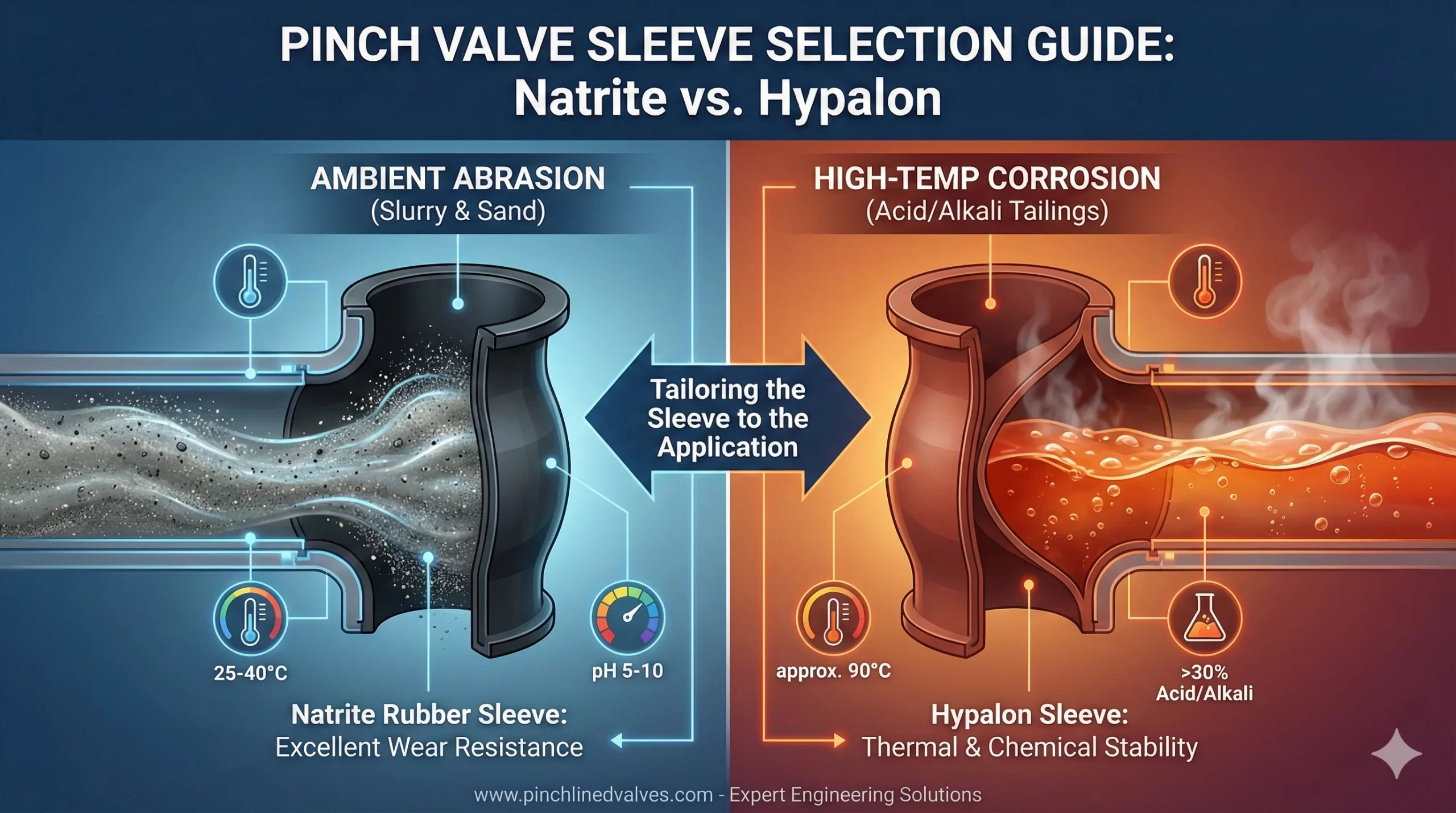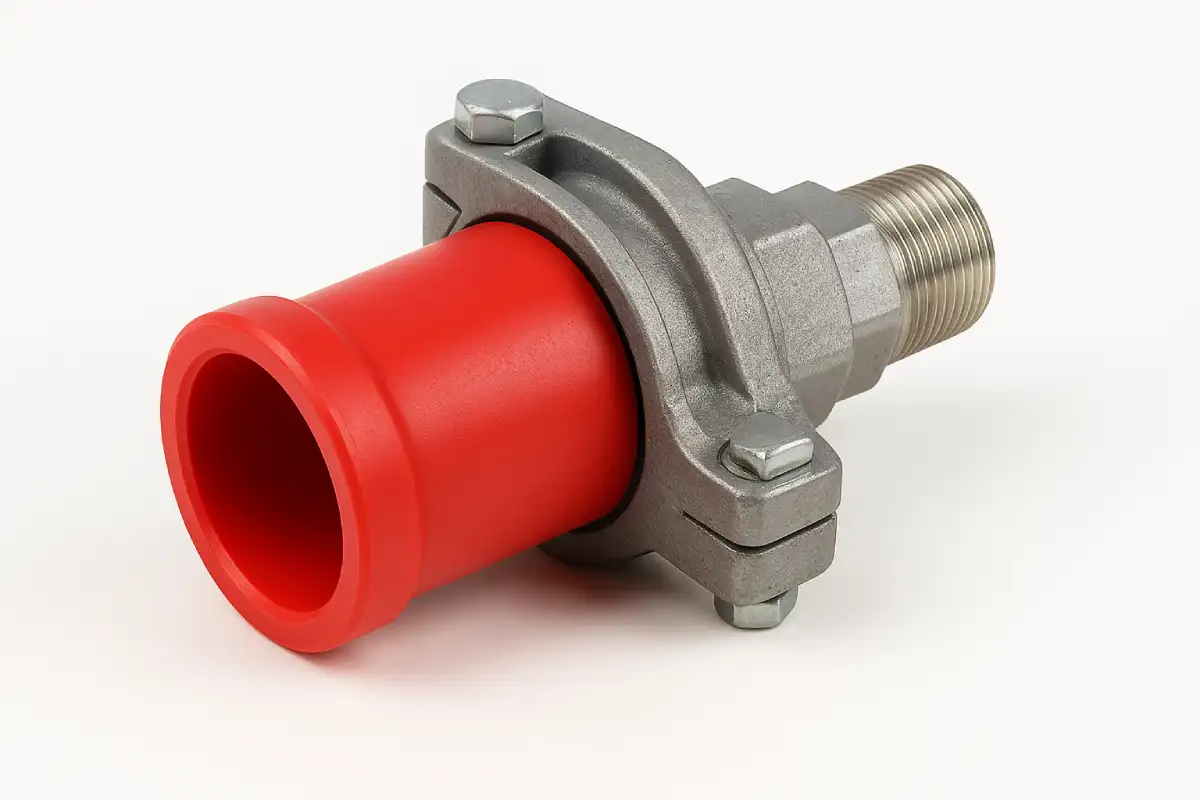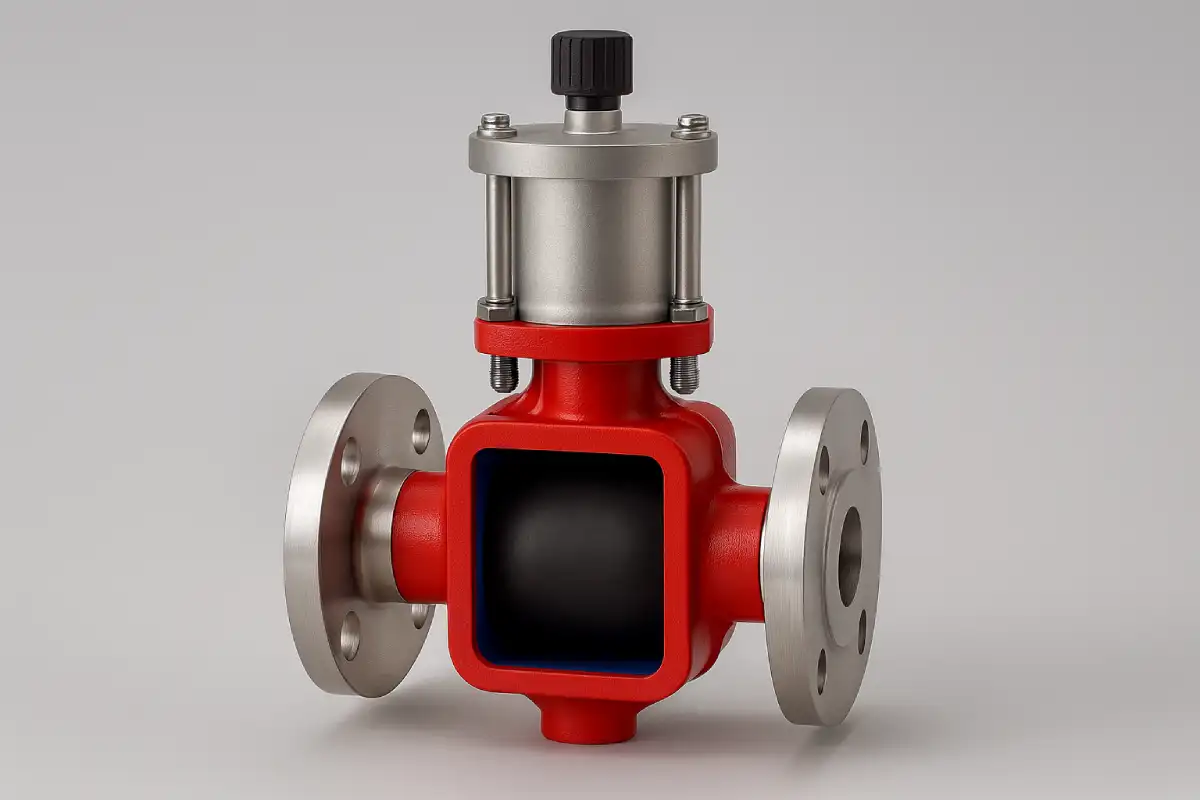

Valve Flow Coefficient (Cv) is a measure of a valve’s capacity to allow liquid or gas to flow through it.
It’s technically defined as “the volume of water at 60°F (in US gallons) that will flow through a valve per minute with a pressure drop of 1 psi across the valve.”
You calculate Cv by measuring flow rates under standardized conditions, though most engineers use manufacturer-provided sizing calculators.

In practical terms, Cv relates directly to the valve’s opening size. As a valve opens, its Cv increases until reaching maximum value when fully open (100% open Cv). For example, a 2-inch regulator might have a maximum Cv of 47, whereas a 3-inch regulator could reach 117.
You can think of Cv as the valve’s “flow personality”. Iit tells you exactly how much fluid can move through the valve under specific conditions. Engineers use this measurement to select valves that will operate efficiently at the required flow rates.
Selecting a valve with the appropriate Cv value is critical for system performance. A valve with too small a Cv will restrict flow and create excessive pressure drops. Choose one with a large a Cv, and you might get adequate control at lower flow rates.
Most manufacturers recommend selecting valves where your required Cv falls between 20% and 80% of the valve’s stem travel range. This ensures the valve operates in its most stable control region, providing optimal performance and longer service life.
Determining the right Cv for your application requires considering several factors:
Most valve manufacturers provide sizing calculators that help determine the appropriate Cv based on these parameters. These tools typically ask for specific gravity, flow rate, pressures, and temperature of your production media.
Valve size and flow capacity share a direct relationship, but they aren’t identical concepts. When selecting between valve options:
When sizing valves, pressure is a fundamental consideration alongside Cv:
Sometimes high-pressure valves are optimal for low-pressure systems. This typically occurs when the calculated Cv is very small (less than 3).
High-pressure stem-guided valves often come with multiple trim options of different sizes, allowing for precise flow control in low-flow applications. These valves have small Cvs—typically from 0.34 to 21—making them suitable for applications requiring fine control.
Production conditions often change over time. When this happens, you may need to recalculate your Cv requirements. Quality control valves offer flexibility for these situations.If your recalculated Cv no longer matches your existing valve’s trim, many manufacturers allow you to swap the trim for a different size rather than replacing the entire valve. This adaptability helps maintain optimal performance without modifying your piping system.
But if you do need a new valve, visit our website to see your options. At Lianke Valve, we deal in everything from pinch valves to stainless steel options, with a commitment to delivering the highest-quality products worldwide.

Question 3:Performance Confirmation:Your documentation mentions “zero leakage” and “clog resistance.” We would like to confirm: After long-term operation, will repeated compression cycles cause sleeve fatigue leading to sealing failure? Is the full-bore design truly effective for slurries with larger particles (e.g., 3-5mm)? Answer 3:Confirmation of “Zero Leakage” and “Clog Resistance” Performance (1)Zero Leakage Reliability: Our […]

Material Selection:We are dealing with different working conditions: (1)Question1: Condition A: Ambient temperature (approx. 25-40°C) slurry containing fine sand, where wear resistance is the primary consideration, with weakly corrosive media (pH 5-10). Answer1:(ambient temperature, fine sand, low concentration corrosion, high wear resistance): Preferred recommendation: Natrite Rubber sleeve. Reason: The core advantage of Natrite Rubber lies in its […]

A pinch valve adapter connects a pneumatic pinch valve or manual valve to pipes, tubes, or other parts of a system. With this connector, the valve can manage liquid or gas flow without leaks or strain. It also lets the valve fit in tight or unusual setups. This reduces operational risks and improves overall performance. […]

Yes, they are. Hygienic pinch valves are specially designed to keep things clean and safe, which is why they’re so common in food, pharmaceutical, and biotech environments. Their smooth interior and dead-zone-free design make cleaning quick and reliable. And if the term is new to you, don’t worry, this article will walk you through what […]



